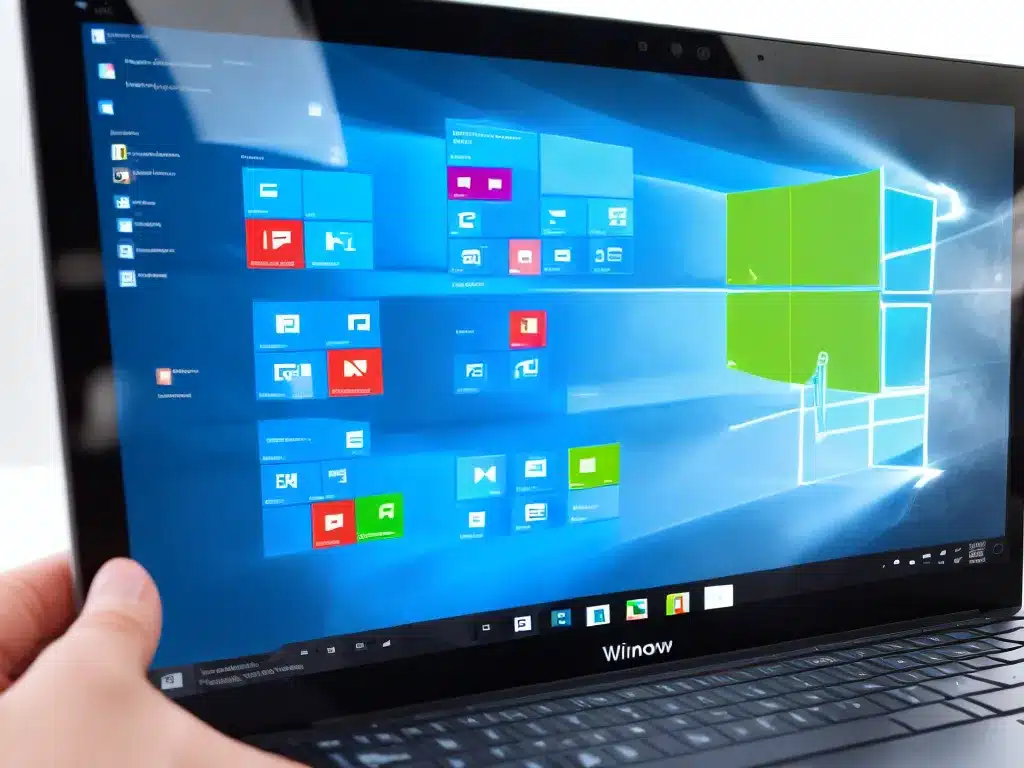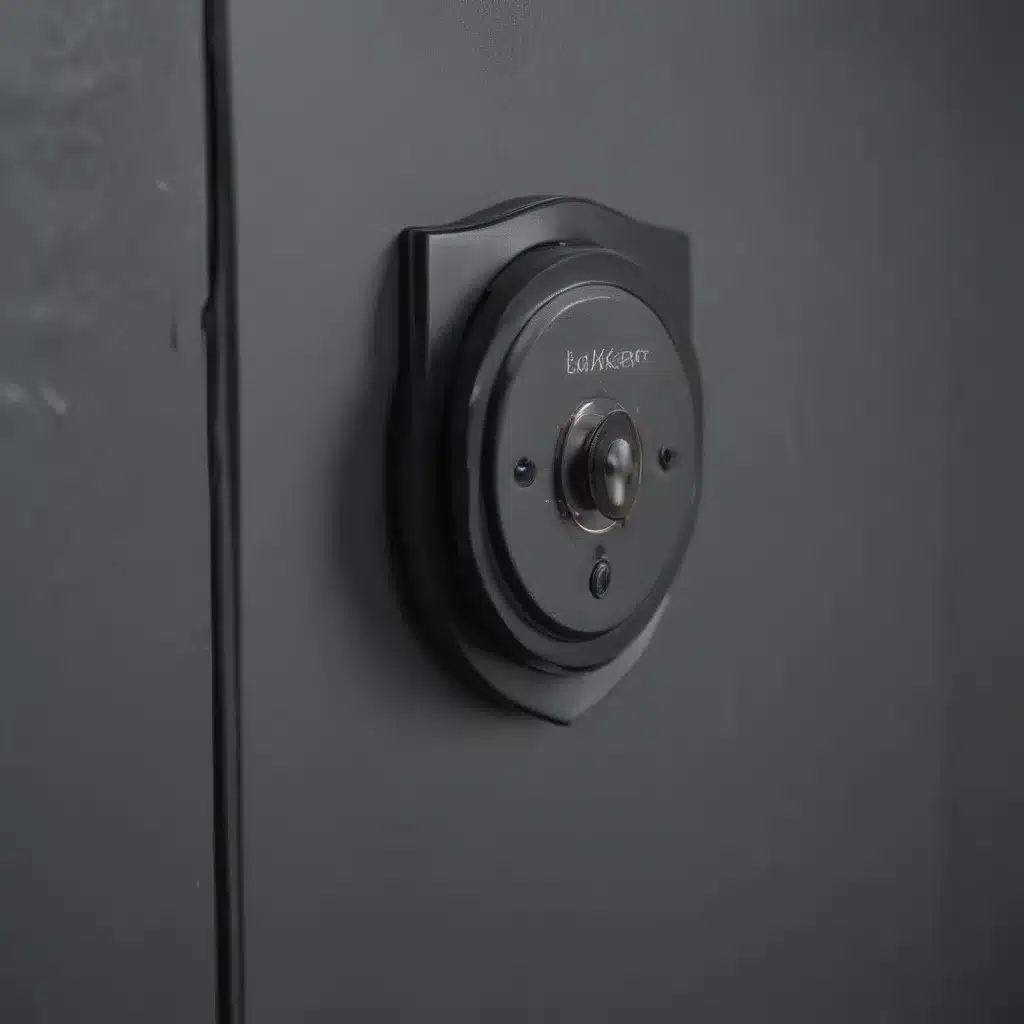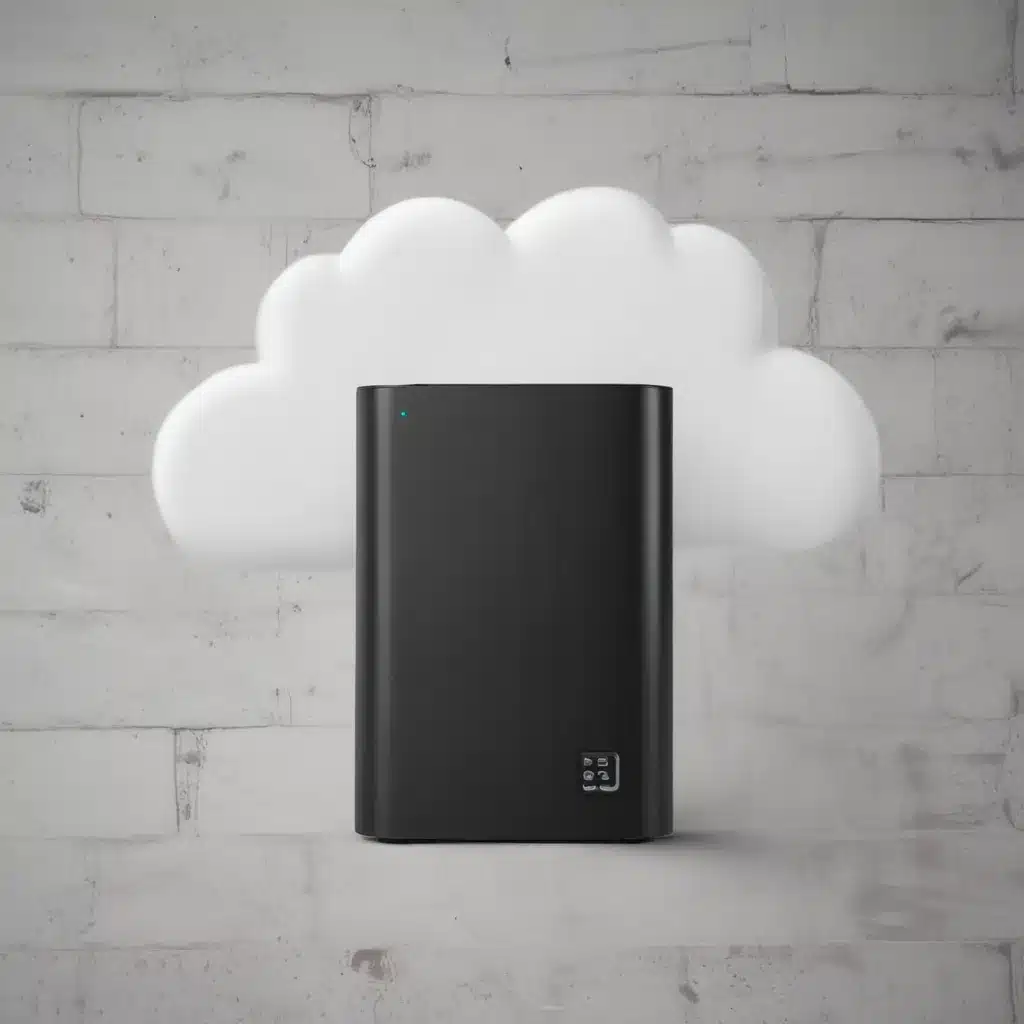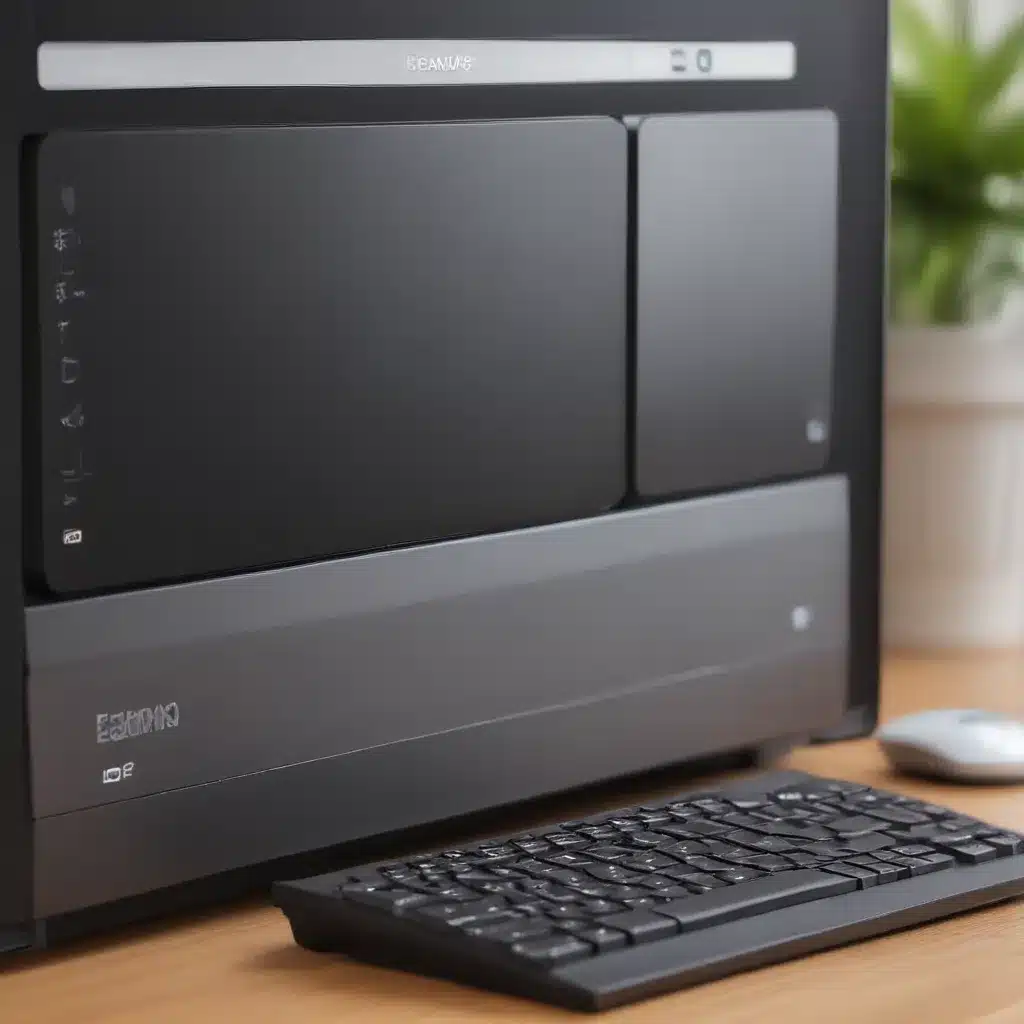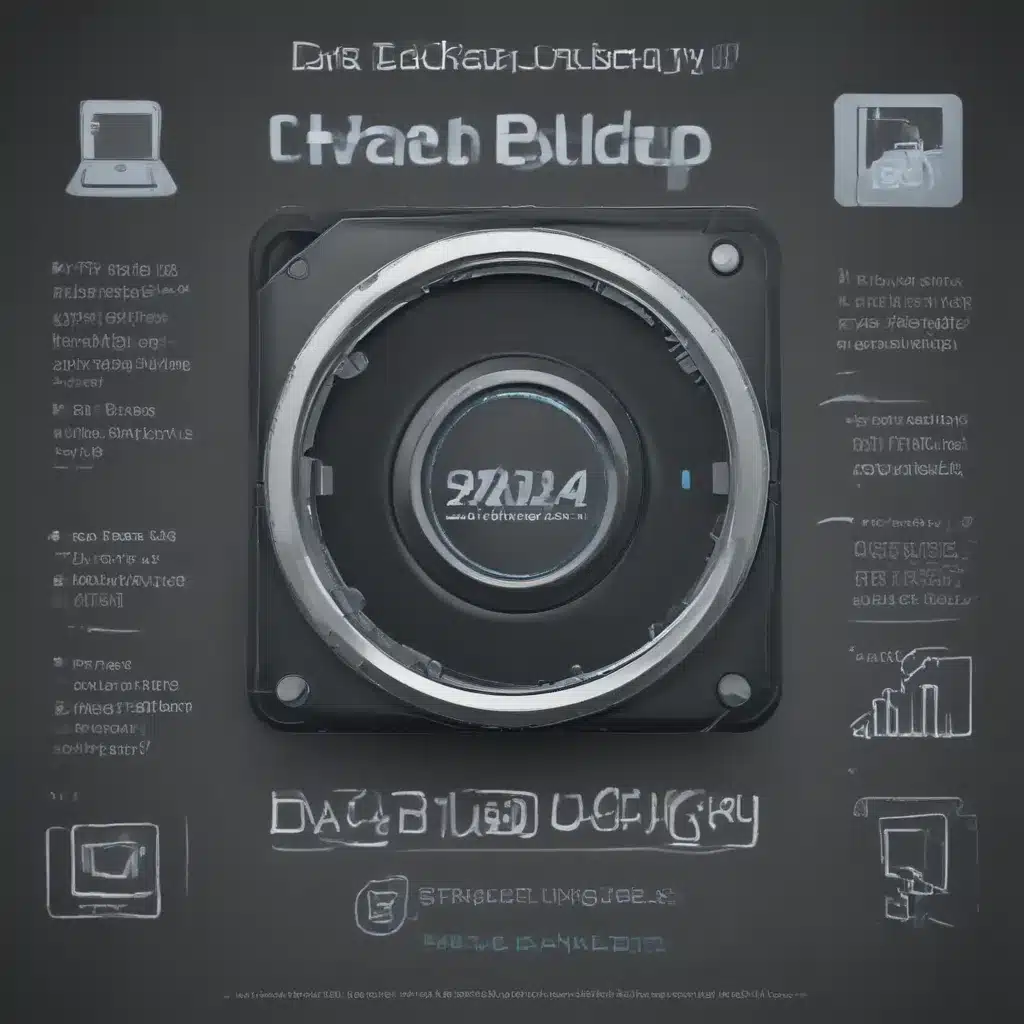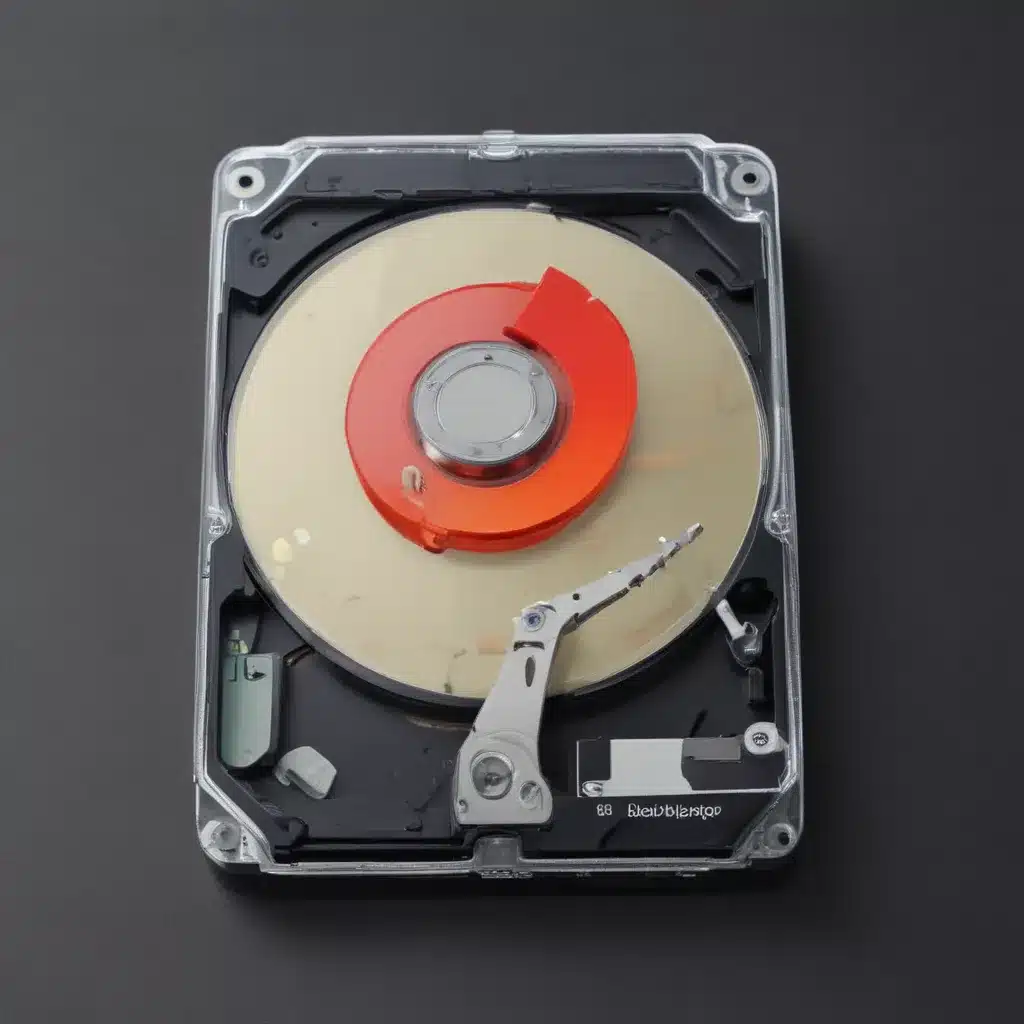Introduction
Upgrading your business computers and servers to the latest operating system can be a major decision. Windows 10, released in 2015, is Microsoft’s newest OS and has seen wide adoption. However, change brings risk and cost, so is it the right choice for your company?
In this comprehensive guide, we’ll explore the pros and cons of upgrading to Windows 10 for business use. We’ll cover factors like security, support lifespan, cost, compatibility, and more to help you make an informed decision.
Security Enhancements
One of the biggest reasons to upgrade is for the security improvements in Windows 10. Some key enhancements include:
Windows Defender Antivirus
Windows 10 comes with a built-in antivirus solution, Windows Defender Antivirus. It provides real-time protection against malware, viruses, and spyware. Windows Defender is a viable alternative to third-party antivirus software.
Windows Hello
Windows Hello introduces biometric authentication using fingerprint, facial recognition or iris scanning. This helps protect access to devices and Microsoft accounts.
Advanced Threat Protection
Windows 10 has advanced protection against sophisticated threats like zero-day exploits using threat intelligence sharing between Microsoft products.
Virtualization-Based Security
Technologies like virtualization-based security isolate core OS components in virtual machines to limit malware impact.
App Containerization
App containerization limits the resources each app can access, reducing the attack surface.
Device Encryption
Windows 10 supports advanced device encryption to protect data in case of theft or loss.
Windows Sandbox
Windows Sandbox allows running untrusted programs in an isolated virtual environment.
Longer Support Lifespan
Microsoft provides extended support for Windows 10 versions compared to previous operating systems:
-
Windows 7 extended support ended in 2020 after 10 years.
-
Windows 8.1 extended support ends in 2023 after 10 years.
-
Windows 10 versions get 18-30 months of active support.
-
Plus 5 years minimum of extended support per Windows 10 feature release.
The longer runway allows more time to transition. You aren’t forced to upgrade as quickly as past OS versions.
Cost Savings
While upgrading does incur short-term costs, it can provide longer-term cost savings in some areas.
Reduced Management Overhead
Newer management capabilities in Windows 10 like Windows Autopilot and desktop analytics can reduce IT labor costs.
Lower Energy Consumption
Windows 10 has better built-in power optimization and efficiency. This can reduce energy costs for larger deployments.
Software Assurance Costs
With a current Software Assurance agreement, Windows 10 upgrades can be covered under those existing volume license costs.
Hardware Cost Avoidance
Windows 10 supports the latest hardware and can extend older system lifetimes, avoiding refresh costs.
Enhanced Productivity
Upgrading provides functionality improvements that can enhance workplace productivity:
Cloud Integration
Built-in integration with Microsoft 365 and cloud drives improves collaboration. Features like Windows Timeline keep users in their flow.
Virtual Desktops
Virtual desktops help organize work and personal apps for improved focus.
Multitasking
Snap layouts, multiple desktops, and the Timeline enable smoother multitasking.
Deployment Flexibility
Windows 10 offers multiple deployment options including in-place upgrades, cloud-based, and self-install.
Application Compatibility
Before upgrading, it’s critical to test application compatibility with Windows 10.
Key points:
-
Many apps compatible with Windows 7/8.1 also work with Windows 10.
-
.NET and Java applications generally have high compatibility.
-
Windows 10 drops support for older technologies like 16-bit apps and VBScript.
-
Applications relying on deprecated components like Internet Explorer may require updates.
-
Critical business apps should go through structured compatibility testing before deployment.
-
Pilot groups can test representative apps before broader rollout.
-
Virtualized apps and web apps pose less compatibility risks.
-
Utilize resources like the Windows App Compatibility Center to check app status.
Hardware Requirements
Windows 10 has higher minimum hardware requirements than older Windows versions. Key requirements:
-
1 GHz 32-bit or 64-bit processor
-
1 GB RAM for 32-bit, 2 GB RAM for 64-bit
-
16 GB storage for 32-bit OS, 20 GB for 64-bit
-
DirectX 9 compatible graphics card
-
Screen resolution of 800×600
-
UEFI compatible firmware on machines launched after 2016
Older systems may need memory, storage, or graphics upgrades. Virtualization can overcome some hardware incompatibilities.
What Are the Risks?
While there are many benefits, risks should also be carefully evaluated:
-
Application compatibility issues causing workflow disruptions. Thorough validation testing is key.
-
Learning curves for users to adapt to interface changes. Rollouts should include training programs.
-
Security patches can initially cause stability problems. Rigorous testing before deployment is advised.
-
Upfront costs like licensing, testing, training resources. Total cost of ownership should be calculated.
-
Upgrade complexity on legacy systems. Phased rollouts are recommended.
-
Feature bugs in new releases before they mature. Allow ample testing periods.
Conclusion
Here are some closing recommendations on whether to upgrade to Windows 10:
-
For companies running Windows 7 or 8.1, Windows 10 absolutely provides a robust, secure, and productive platform. The benefits likely outweigh the costs.
-
The upgrade is strongly advised before Windows 7 extended support expires in 2020.
-
Take advantage of Software Assurance to include Windows 10 rights.
-
Develop a full project plan covering timelines, budgets, resource needs, and risk management.
-
Conduct extensive application and hardware compatibility testing. Have backout plans if issues emerge.
-
Use pilots before broad deployments. Prioritize rollout to more critical users first.
-
Include ample training time to ease the transition.
-
Work with Microsoft or a third party for help integrating Azure and other cloud platforms.
With proper planning and testing, Windows 10 can provide your business significant long-term value. Reach out for expert help executing your Windows 10 upgrade project.

